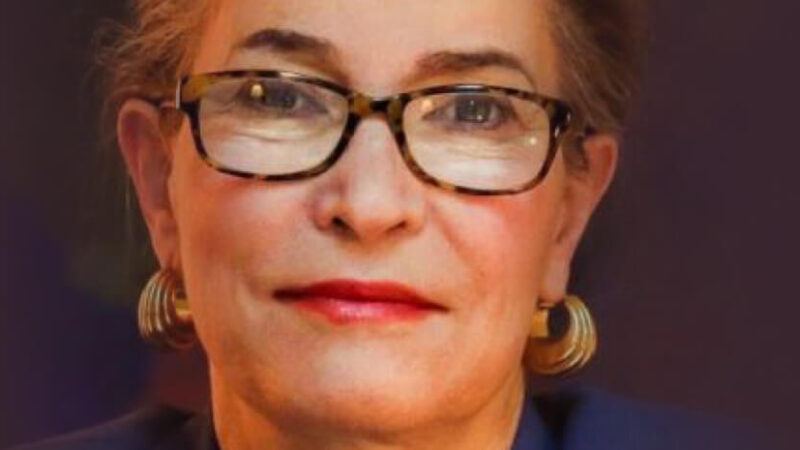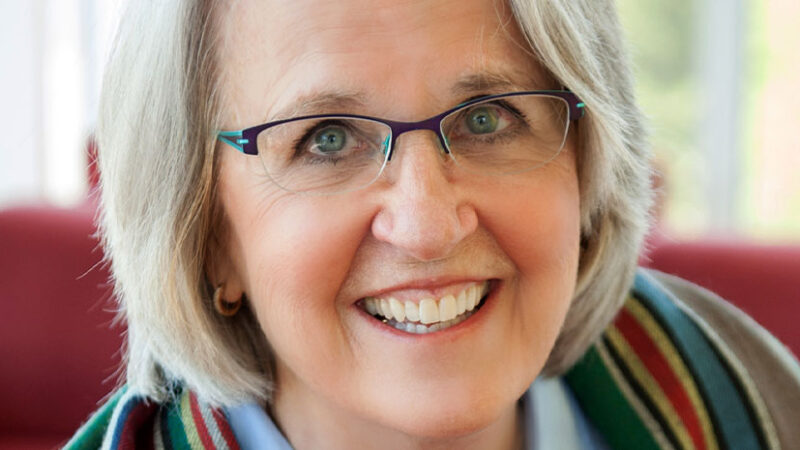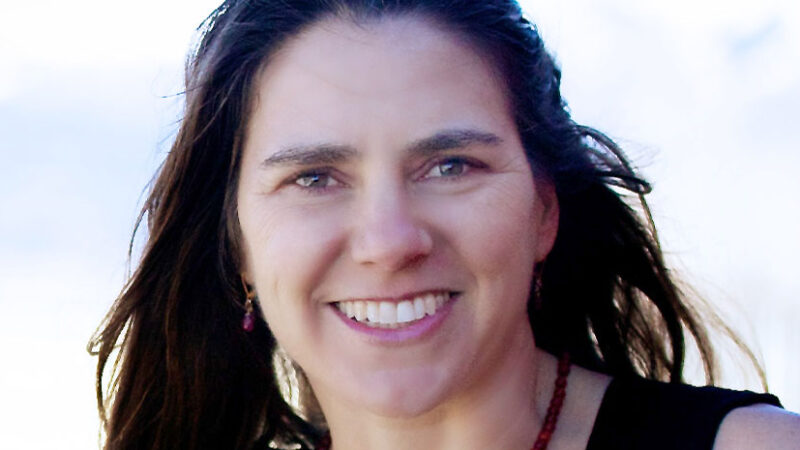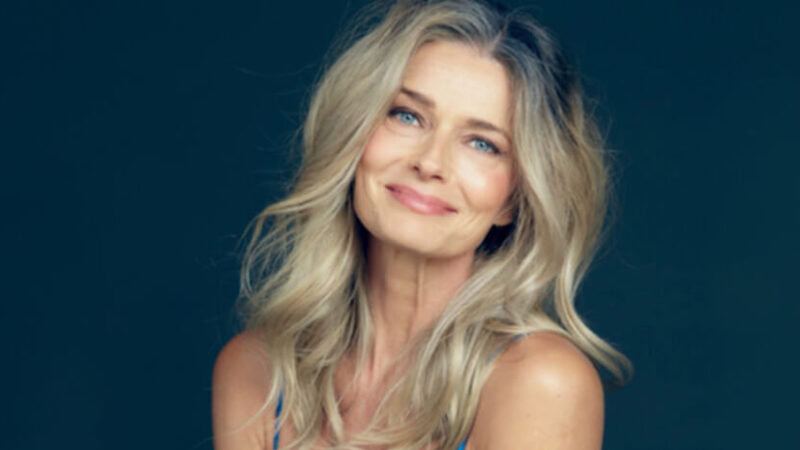-
E117: The Real Work: Letting Go from Within
Michael Singer — October 2, 2025
True spirituality isn’t about mystical experiences or lofty ideals—it’s about honestly facing...
-
Once More: Reflections on Reincarnation and the Gap Between Lives
Tami Simon — September 26, 2025
In this special reflection episode of Insights at the Edge host Tami Simon looks back on her...
-
Honey Tasting Meditation: Build Your Relationship with Sweetness
There is a saying that goes “hurt people hurt people.” I believe this to be true. We have been...
Written by:
Amy Burtaine, Michelle Cassandra Johnson
-
Many Voices, One Journey
The Sounds True Blog
Insights, reflections, and practices from Sounds True teachers, authors, staff, and more. Have a look—to find some inspiration and wisdom for uplifting your day.
Standing Together, and Stepping Up
Written By:
Tami Simon -
The Michael Singer Podcast
Your Highest Intention: Self-Realization
Michael Singer discusses intention—"perhaps the deepest thing we can talk about"—and the path to self-realization.
This Week:
E116: Doing the Best You Can: The Path to Liberation -
Many Voices, One Journey
The Sounds True Blog
Insights, reflections, and practices from Sounds True teachers, authors, staff, and more. Have a look—to find some inspiration and wisdom for uplifting your day.
Take Your Inner Child on Playdates
Written By:
Megan Sherer
600 Podcasts and Counting...
Subscribe to Insights at the Edge to hear all of Tami's interviews (transcripts available, too!), featuring Eckhart Tolle, Caroline Myss, Tara Brach, Jack Kornfield, Adyashanti, and many more.
Most Recent
Dr. Lise Van Susteren: Emotional Inflammation: A Condi...
Dr. Lise Van Susteren is a psychiatrist in private practice in Washington, DC, and has served as an assistant clinical professor of psychiatry at Georgetown University. With her writing partner, Stacey Colino, she has authored the new book Emotional Inflammation: Discover Your Triggers and Reclaim Your Equilibrium During Anxious Times. In this episode of Insights at the Edge, Dr. Van Susteren joins Tami Simon to discuss the modern condition she calls emotional inflammation, the primary drivers behind it, and her innovative RESTORE process for coming back into balance and wholeness in our lives. (1 hour, 2 minutes)
Dr. Rachael Wooten: The Liberating Power of Tara
Dr. Rachael Wooten is a Zurich-trained Jungian analyst and psychologist who has been in private practice as a therapist for more than 40 years. An enthusiastic interfaith activist, she has studied and practiced in Buddhist, Jewish, Christian, and indigenous traditions throughout her adult life. With Sounds True, Dr. Wooten has written a new book called, Tara: The Liberating Power of the Female Buddha.
In this episode of Insights at the Edge, you are invited to get to know Tara as a very real and deeply empowering presence in your own life, as Dr. Wooten introduces you to the radiant figure beloved by millions in Tibet and across the world. In conversation with Tami Simon, she also discusses the 21 traditional emanations of Tara, the first steps involved in embarking on a relationship with Tara, and how to enlist her help at this particular time in history. (1 hour, 7 minutes)
Cate Stillman: Awakening the Power of the Five Element...
Cate Stillman teaches audiences how to create health and wellness through yoga and Ayurveda on her weekly Yogahealer Real Thrive Show. She has published two books with Sounds True: Body Thrive: Uplevel Your Body and Your Life with 10 Habits from Ayurveda and Yoga and Master of You: A Five-Point System to Synchronize Your Body, Your Home, and Your Time with Your Ambition. In this episode of Insights at the Edge, Tami Simon speaks with Cate about the Ayurvedic concept of the five elements. Cate emphasizes that these elements aren’t external qualities, but universal constants that live within you as well. Tami and Cate also discuss what we all can learn from Ayurveda during the COVID-19 crisis, including a “first aid kit” of practices to make the most out of days in quarantine. They talk about the inherent “superpowers” of the body and how to assess what elements you should focus on during practice. Finally, Tami and Cate speak on values you can embrace for greater productivity and what it truly means to have mastery over your life.
Customer Favorites
Paulina Porizkova: Aging Beautifully
We’re all beautiful in different ways. To see this beauty in everyone around you only takes a little kindness and patience. This is just one of the many deep insights you’ll hear in this podcast with author and former supermodel Paulina Porizkova. Here, Tami Simon speaks with Paulina about her book No Filter, and how “the world is so full of beauty on every level if you stop to look for it.”
Give a listen as Tami and Paulina talk about the trouble with the word “still”; our cultural bias about youth and beauty; opposing the marketing forces deciding the standards of beauty; self-acceptance and confidence that comes from within; Paulina’s hashtag, “#BetweenJLoAndBettyWhite”; a new vision for the modeling industry; internal beauty; vulnerability and connection; the freedom of acceptance; starting from zero and rebuilding your life with the wisdom of age; and more.
Note: This episode originally aired on Sounds True One, where these special episodes of Insights at the Edge are available to watch live on video and with exclusive access to Q&As with our guests. Learn more at join.soundstrue.com.
No Struggle, No Swag
George Mumford is a world-renowned mindfulness coach who has since 1989 worked with people from all walks of life to help us reach our full potential in whatever we aspire to. A former basketball player at the University of Massachusetts, injuries forced George out of basketball and eventually into an addiction to pain medication and drugs. With the help of meditation and the practice of mindfulness, George got clean and made it his mission to teach and work with others. He is the author of the book The Mindful Athlete: Secrets to Pure Performance.
In this podcast, George speaks with Sounds True founder, Tami Simon, about seeing clearly, loving greatly, and “finding your swag” through the struggles we encounter in pursuit of our goals. George and Tami discuss: His personal journey from the basketball court to the path of meditation and mindfulness; the Four A’s: awareness, acceptance, action, and assessment; right effort and balance, or how “slow is smooth and smooth is fast”; generating hope and optimism instead of falling into fear and negativity; uncovering the “masterpiece” of your inner nature; the importance of self-honesty; “pure performance” in business or athletics; and more.
3 Ways To Be Present This Holiday Season
Holidays are a mixed blessing … they’re times when we take a pause from our daily routines and share more personal time with family and friends—some who we love unconditionally, and those that we love “almost” unconditionally (as long as we don’t talk about politics, the environment, the world, etc.).
Here are a few easy suggestions to help show up in all holiday situations, while maintaining full presence and a sense of calm.
Seek Moments of Stillness
Look ahead to your holiday social events, then plan for intermittent moments to be by yourself for creating stillness, physically and mentally, away from the hustle and bustle of family activities (or the TV). It’s easier than you think, especially if you are truthful about its importance for your health with those around you. If they are curious what it does for you, encourage them to try it too. And after, be curious about their experience as a conversation-starter when you’re together again.
Seek Moments of Silliness
Calm is not easy when our mind is preoccupied and struggling with the chaos often found during the holidays. Luckily the human species is bestowed with the gift of humor and light-heartedness, which research shows is capable of overriding the mind’s obsessive or compulsive tendencies to overwhelm our emotions, and take us out of the present. Engaging in a bit of silliness is literally child’s play and an elixir to bring us back to the present that helps strengthen connection and community.
Breathe Slow and Soft
Awareness of breath is one of the most common techniques for staying present in our “moments” during the holidays. By simply making the sound of our breath soft and the breath’s rhythm slow, we create a more naturally conscious state of being that stimulates our body’s parasympathetic response. This releases the tension and stress our sympathetic nervous system naturally creates during times of anxiety or distress. Remembering this during the upcoming season is truly the best gift you can give!
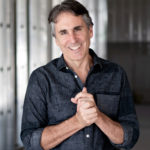 Peter Sterios, author of Gravity and Grace, is a popular yoga teacher and trainer with over four decades experience. He’s the founder of LEVITYoGA™ and MANDUKA™, as well as KarmaNICA™, a charitable organization for underprivileged children in rural Nicaragua. Sterios taught yoga at the White House for Michelle Obama’s anti-obesity initiatives for three years, and in 2018 he was invited to the Pentagon to share yoga’s therapeutic effects with the US Marine Corps. He resides in San Luis Obispo, CA. For more, visit LEVITYoGA.com.
Peter Sterios, author of Gravity and Grace, is a popular yoga teacher and trainer with over four decades experience. He’s the founder of LEVITYoGA™ and MANDUKA™, as well as KarmaNICA™, a charitable organization for underprivileged children in rural Nicaragua. Sterios taught yoga at the White House for Michelle Obama’s anti-obesity initiatives for three years, and in 2018 he was invited to the Pentagon to share yoga’s therapeutic effects with the US Marine Corps. He resides in San Luis Obispo, CA. For more, visit LEVITYoGA.com.
The community here at Sounds True wishes you a lovely holiday season! We are happy to collaborate with some of our Sounds True authors to offer you wisdom and practices as we move into this time together; please enjoy this blog series for your holiday season.
To help encourage you and your loved ones to explore new possibilities this holiday season, we’re offering 40% off nearly all of our programs, books, and courses sitewide. May you find the wisdom to light your way.

